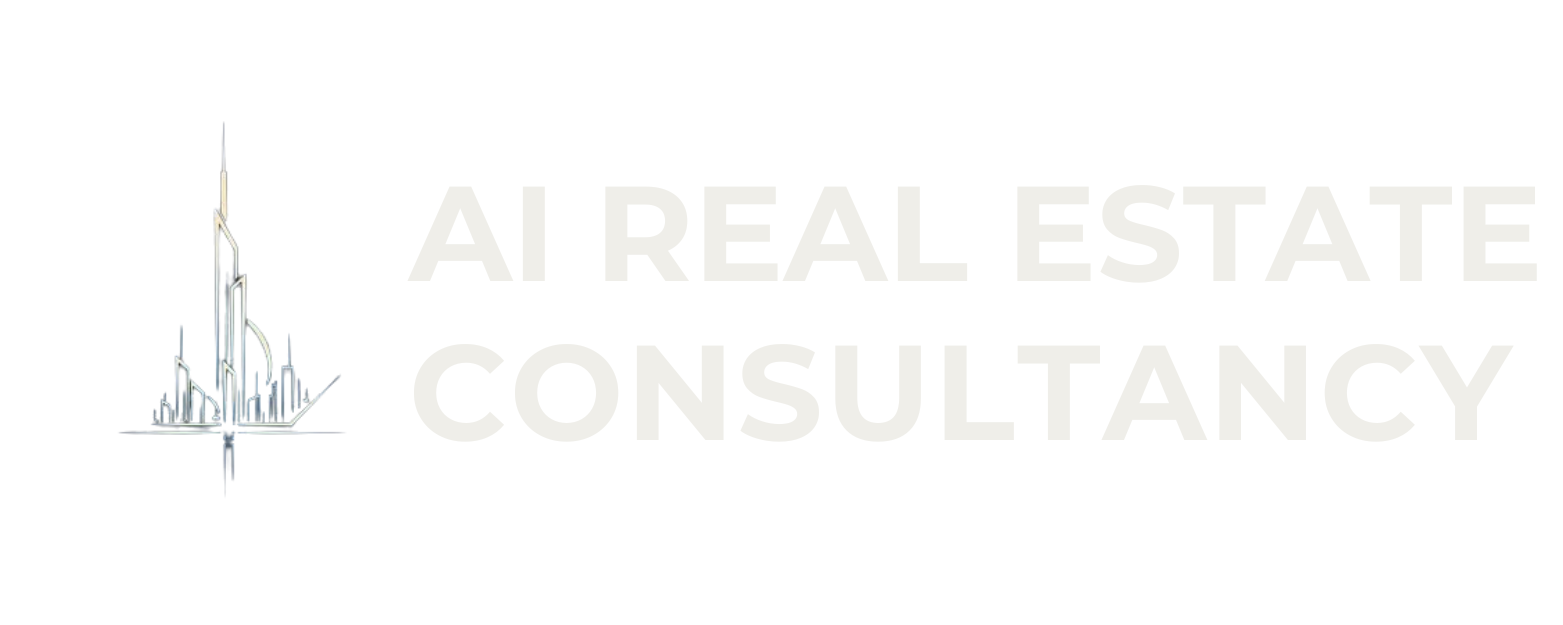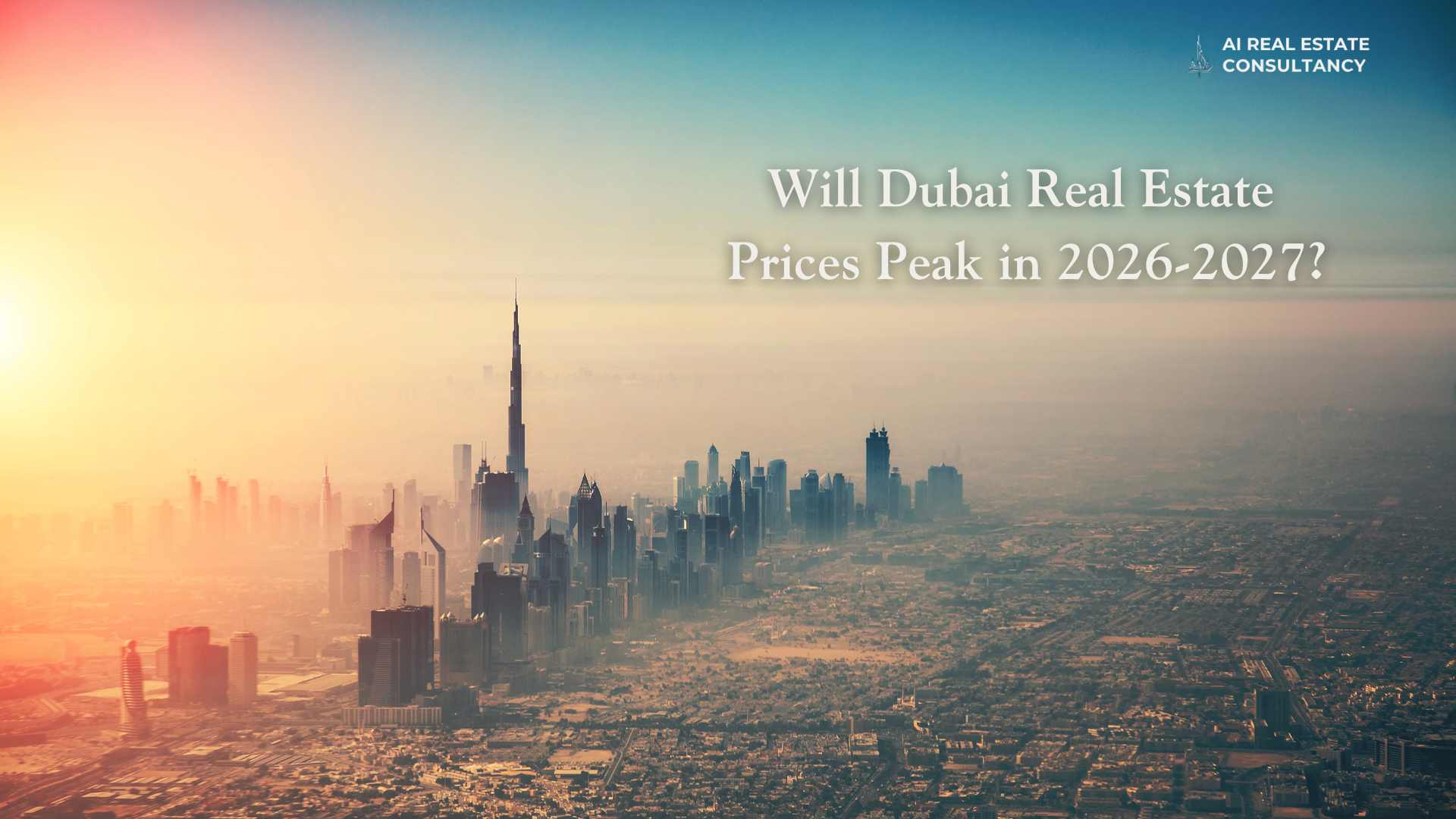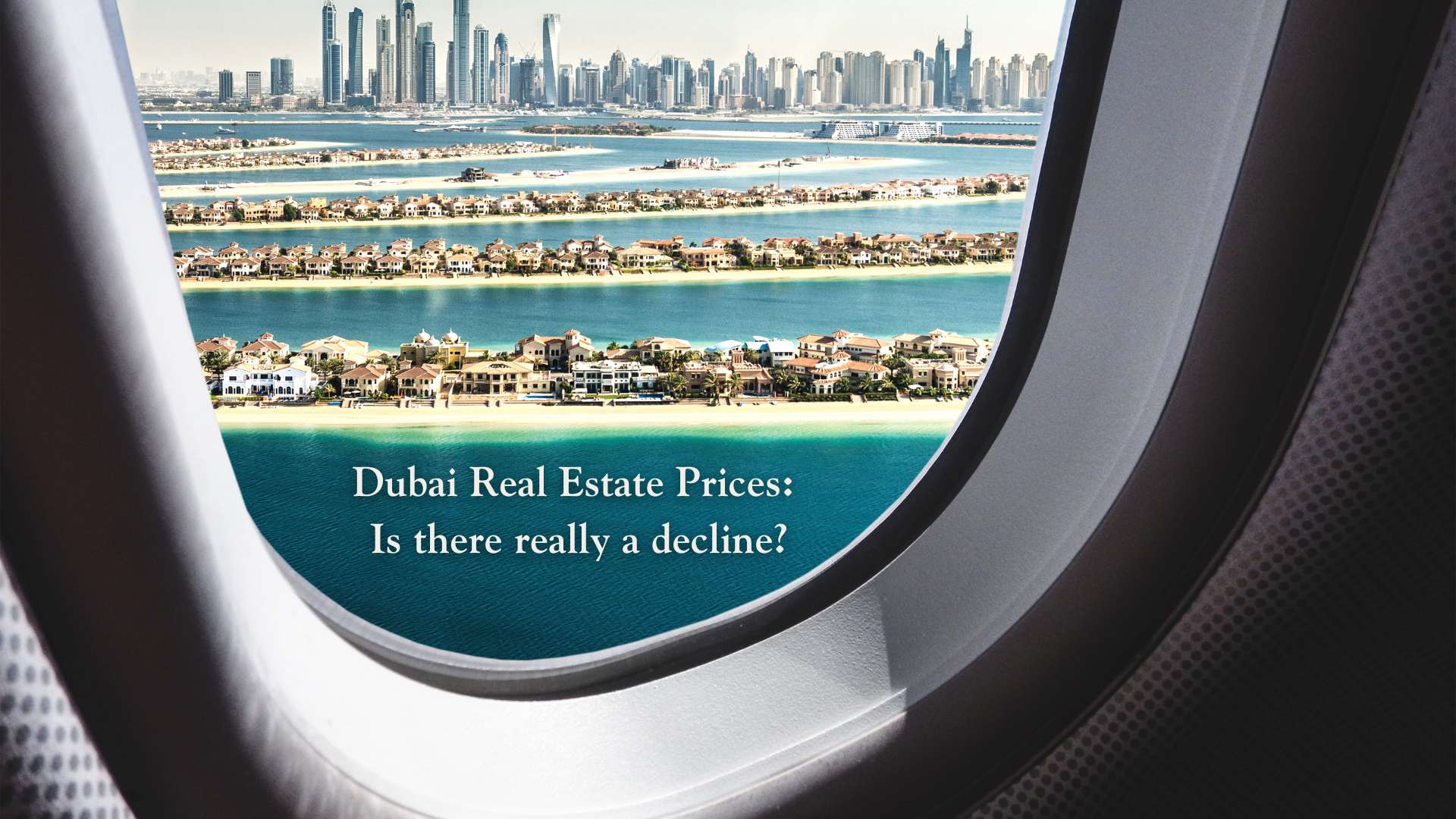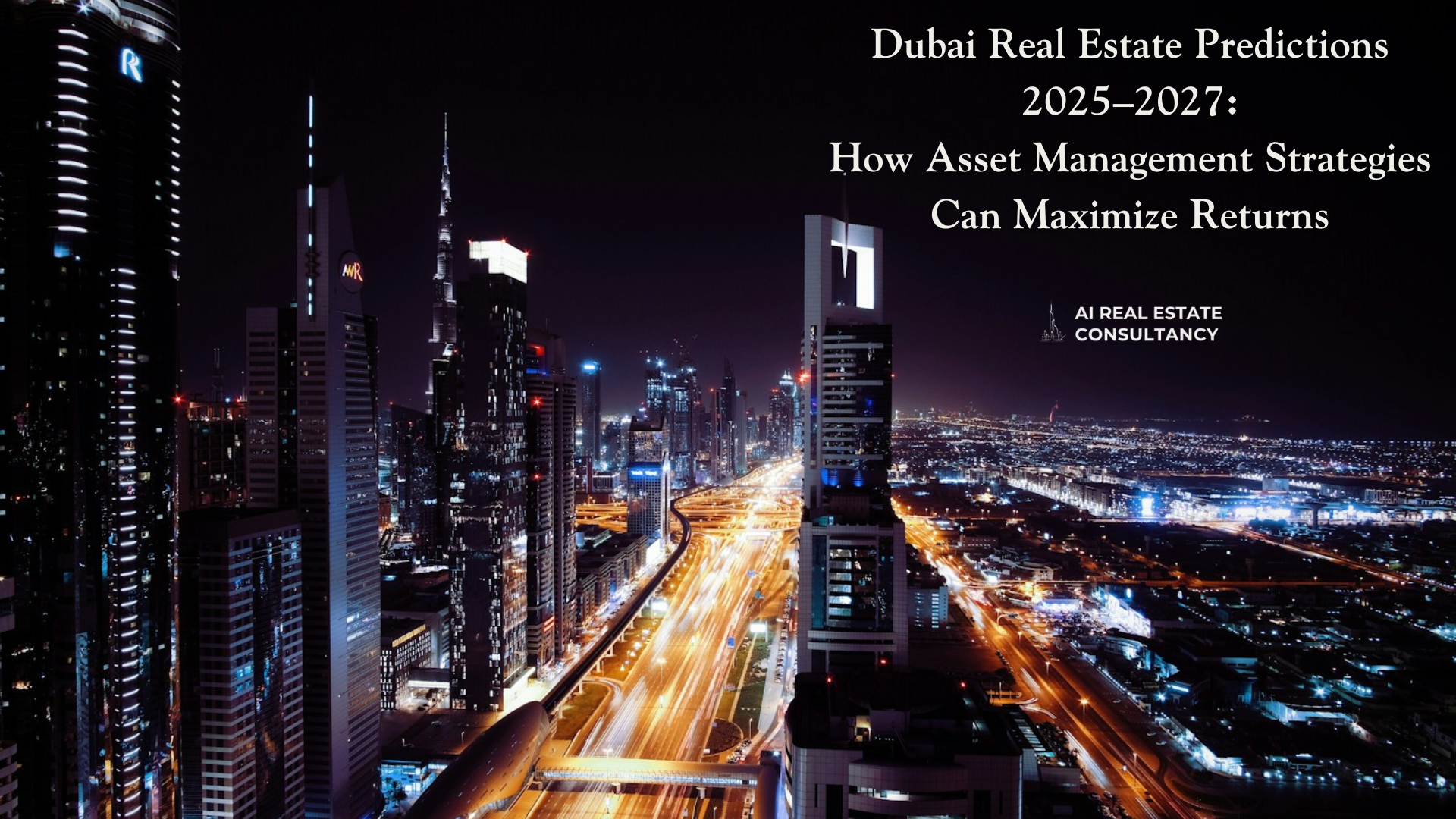Dubai’s real estate market is undergoing significant changes, with the coming years forecasted to see a substantial increase in the supply of residential units. According to the latest data, a large influx of new properties is expected to hit the market between 2026 and 2027. But does this surge in supply mean that prices will reach their peak, or are we heading towards a period of stabilization or even a drop in certain sectors?
A Surge in Supply: What the Numbers Tell Us
The supply forecast for Dubai’s residential market reveals some key insights into what we can expect over the next few years:
- 2026: Around 99,686 new apartment units and 15,284 villas are expected to be delivered.
- 2027: Another 62,966 apartments and 5,631 villas are forecasted to enter the market.
With such a significant increase in supply, particularly in apartments, the question arises: how will this impact real estate prices? Historically, increased supply can lead to price stabilization or even declines if demand does not keep pace.
Supply vs. Demand: A Balancing Act
An oversupply of residential units often results in increased competition among sellers, which can drive prices down—especially in the apartment segment, where almost 100,000 new units are expected in 2026 alone. This substantial growth in inventory could exert downward pressure on apartment prices as developers and owners compete to attract buyers.
However, the impact on prices may not be immediate. Construction delays may impact the above numbers as usually 30-40% of the expected supply may face delays. This means that while the forecasted numbers are high, actual deliveries may be lower, potentially softening the impact of oversupply and giving demand time to catch up.
Villa Market: Will Prices Hold Steady?
The villa market presents a different story. With 15,284 villas scheduled for delivery in 2026 and only 5,631 in 2027, the supply is much more limited compared to apartments. Villas have already been performing well in Dubai, with prices increasing by more than doubling since 2020. This is driven by strong demand for larger, more luxurious properties, particularly post-pandemic, as people seek more spacious homes.
Given the smaller number of villas entering the market, prices in this segment are less likely to face the same downward pressure as apartments. Investors interested in villas may find that this market continues to offer strong capital appreciation in the coming years, especially with limited supply in 2027.
Will Prices Peak Before 2026?
Given the high level of apartment deliveries forecasted for 2026, we could see a peak in apartment prices before 2026, followed by a period of stabilization or even declines as supply begins to outstrip demand. The villas segment, however, may continue to perform well due to limited supply and sustained demand from high-net-worth buyers looking for more spacious, luxury homes.
Dubai’s Population Growth and Its Role
Another critical factor is Dubai’s population growth. The government has ambitious plans to reach 7.8 million residents by 2040, and this growth will be essential in driving demand for residential properties. If population growth keeps pace with new supply, the market could absorb a large portion of the new units, reducing the risk of oversupply and maintaining price stability.
However, if population growth slows or global economic conditions impact the inflow of expatriates, price corrections could occur, especially in the oversupplied apartment market.
Is There a Price Peak Coming?
The 2026-2027 period offers both opportunities and risks for real estate investors in Dubai. While the apartment market may see a peak in prices followed by a potential drop due to oversupply, the villas market remains a safer bet with limited new supply and ongoing demand.
For investors, understanding the dynamics of supply and demand in each segment and each area is crucial. Apartments could present bargain opportunities as prices stabilize or decline, while villas may continue to offer strong returns due to their scarcity and continued demand.
At our AI-powered real estate consultancy, we provide investors with data-driven insights that help them make informed decisions, ensuring they stay ahead of market trends and maximize returns.







